Growth of Data Centers
The expansion of data centers is a critical driver for the Ethernet Cable Market. With the increasing reliance on cloud computing and data storage solutions, data centers are becoming more prevalent. This growth necessitates the use of high-quality Ethernet cables to ensure efficient data transmission and connectivity. Recent statistics indicate that The Ethernet Cable Market is projected to grow significantly, with investments in infrastructure reaching new heights. As data centers continue to evolve and expand, the demand for Ethernet cables that can support high-speed data transfer will likely increase, thereby propelling the Ethernet Cable Market.
Rise in Remote Work Culture
The rise in remote work culture is reshaping the Ethernet Cable Market. As organizations adapt to flexible work arrangements, the need for reliable home office setups has surged. Ethernet cables provide a stable and fast internet connection, which is essential for remote employees who require uninterrupted access to company resources. This shift in work dynamics has led to an increase in demand for Ethernet cables, as individuals seek to enhance their home networking capabilities. The trend of remote work appears to be solidifying, suggesting that the Ethernet Cable Market will continue to thrive as more people invest in their home office infrastructure.
Increasing Internet Penetration
The Ethernet Cable Market is experiencing a notable surge due to the increasing penetration of the internet across various regions. As more households and businesses gain access to high-speed internet, the demand for reliable and efficient networking solutions escalates. This trend is particularly evident in developing regions, where internet adoption rates are climbing rapidly. According to recent data, the number of internet users has surpassed 5 billion, indicating a vast potential market for Ethernet cables. The need for robust connectivity solutions to support this growing user base is likely to drive the Ethernet Cable Market forward, as consumers and enterprises alike seek to enhance their network infrastructure.
Expansion of Smart Home Technologies
The proliferation of smart home technologies is significantly influencing the Ethernet Cable Market. As consumers increasingly adopt smart devices, the demand for stable and high-speed internet connections becomes paramount. Ethernet cables are often preferred for their reliability and speed, making them essential for connecting various smart home devices. The market for smart home devices is projected to reach substantial figures, with millions of units expected to be sold annually. This trend suggests that the Ethernet Cable Market will benefit from the growing need for efficient networking solutions that can support the seamless operation of interconnected devices within homes.
Advancements in Networking Technologies
Advancements in networking technologies are driving innovation within the Ethernet Cable Market. The introduction of new standards and protocols, such as 10GBASE-T and beyond, is pushing the boundaries of what Ethernet cables can achieve. These advancements enable faster data transfer rates and improved performance, catering to the needs of modern applications. As businesses and consumers alike seek to upgrade their networking capabilities, the demand for high-performance Ethernet cables is likely to rise. This trend indicates a dynamic shift in the Ethernet Cable Market, as manufacturers strive to meet the evolving requirements of a technology-driven society.

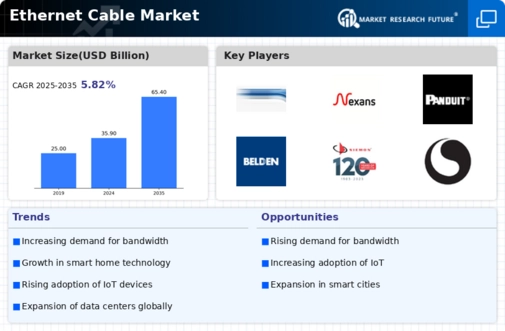
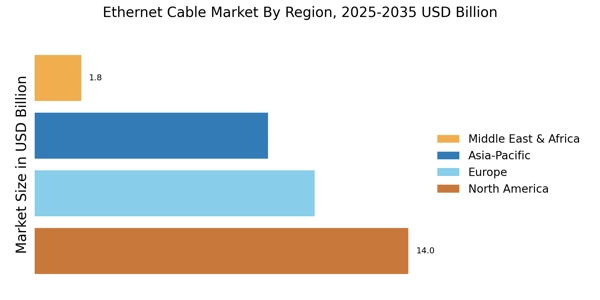
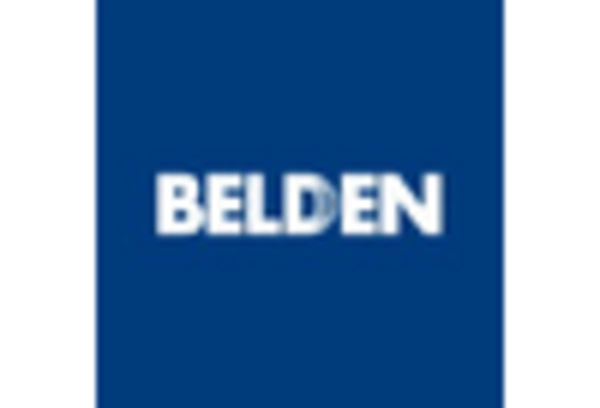
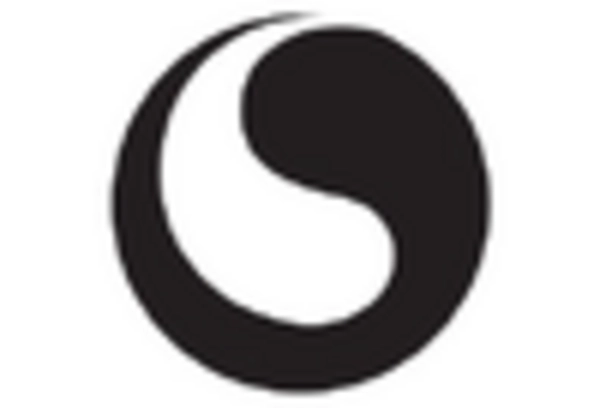
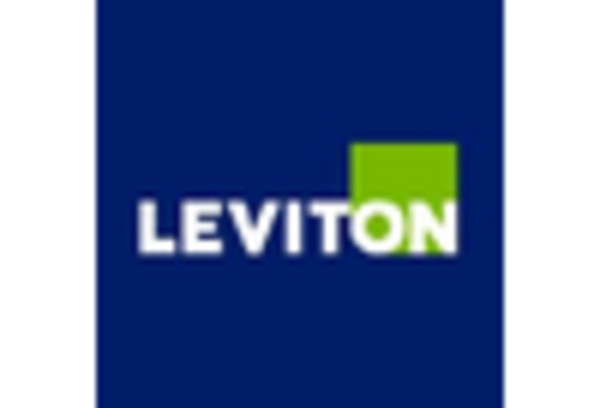
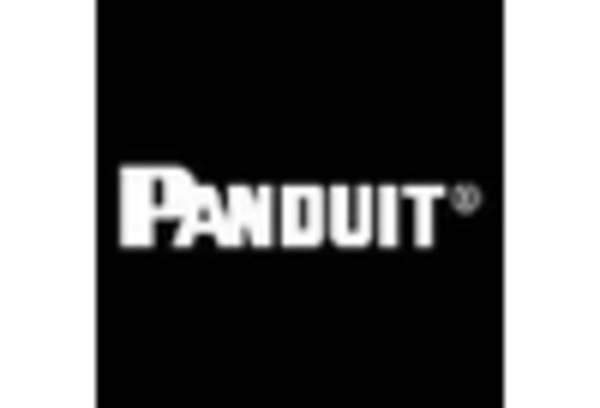
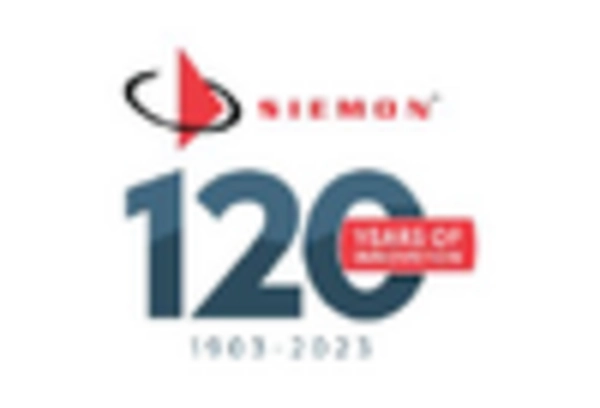
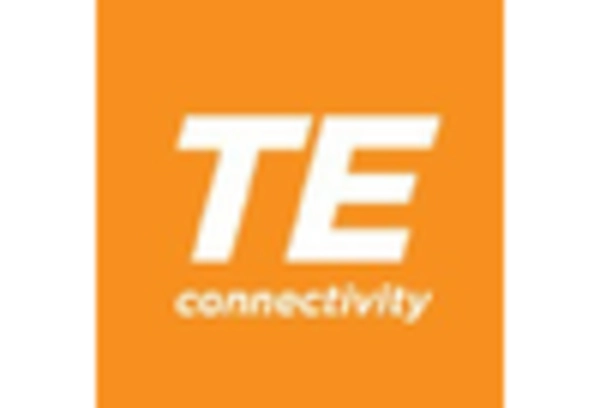








Leave a Comment